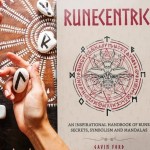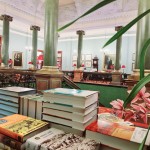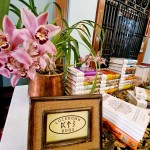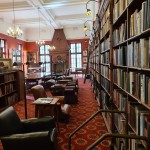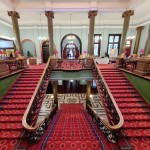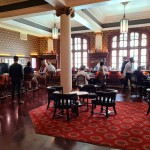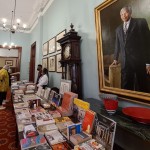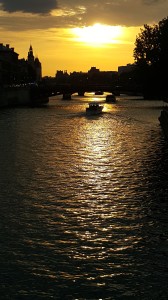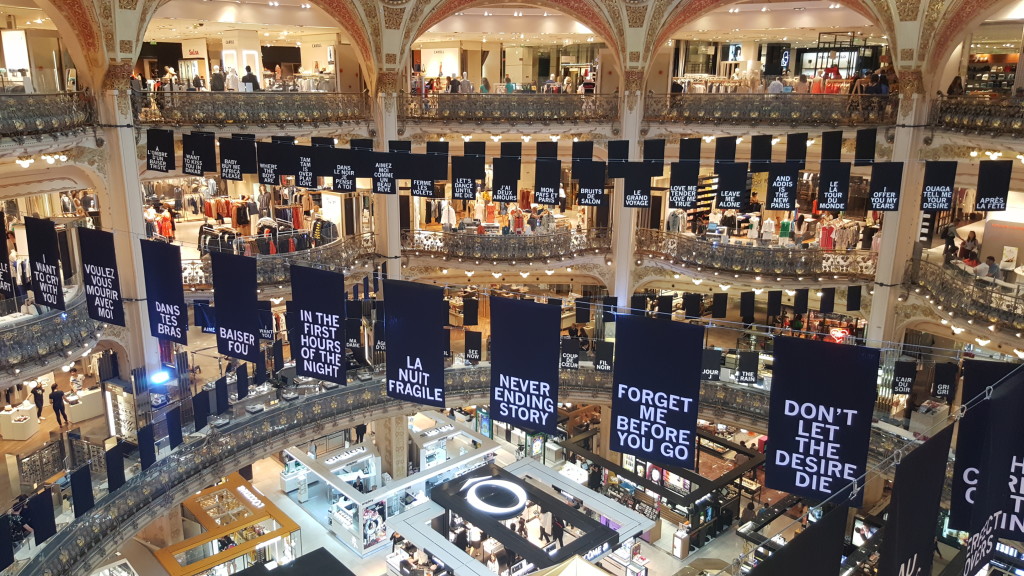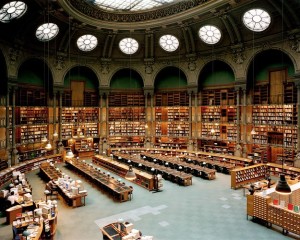A ground-breaking new book…
Runecentric is the debut book birthed by my new publishing entity Lockdown Boox — which was born when a trip to Buenos Aires was nipped in the bud by the closure of international airports and borders at the beginning of 2020. I had packed up my home to storage in Cape Town and was set on travelling the world to live in a different capital for three months at a time, to afford me the luxury of fully absorbing the local culture and language. Little did I know that my plans were to be runed (sic)!
After compiling notes on runes for two decades, the lockdown in effect provided the perfect ‘space in time’ to finally write my handbook, free of interruptions. The ‘hard lockdown’ in South Africa’s capital city Pretoria, or ‘Prehistoria’, as some friends caricature it due to an erroneously perceived conservatism, was designed to be a short and sweet 3-week ‘clipping of wings’. However, that period segued to 4 weeks, then to two months… and the rest is history. Only now, more than a year later, are we starting to clamber out of our shells, drop our masks and reintegrate into society. Continue reading

